By Christopher Miskimon
When the Battle of Austerlitz turned against the Alliance of which Russia was part, it was the cavalry of the Russian Imperial Guard who managed to capture the only French regimental eagle of the day from the 4th Line Regiment. However, a French counterattack drove the Russians back under the hooves of French horses and the thunder of their artillery and musketry. Russian Field Marshal Kutuzov was wounded, and the Russian Army suffered 25,000 casualties. Seven years later, it would be Napoleon who suffered at Russian hands when the French leader foolishly invaded Russia, handing them a great victory which would be practically mythologized two centuries later.
Russian military history is a mix of back-and-forth victory and defeat. Both are generally blood-soaked and point to the historical strengths and weaknesses of Russia as a military power. Time and again these factors have helped or hindered the nation in its struggles to defend itself, expand its borders and control, or take part in wars alone or in a coalition.
Militarily, Russia has often struggled to modernize its forces to keep them competitive. In centuries past Russia’s czars knew they needed to modernize and industrialize their society, but doing so would bring new ideas and dissatisfaction with the status quo of peasants and serfs. It also strengthened a new middle class which wanted its own rights and privileges. Manpower was often recruited by force or threat and corruption drained the wealth needed to effectively create better forces. This has hampered Russia’s forces many times in history.
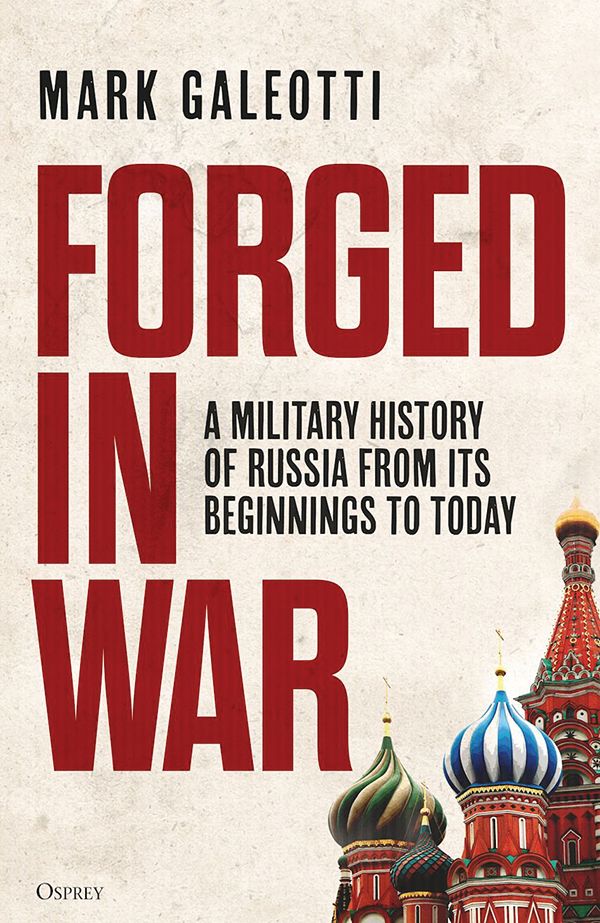 Simultaneously, Russian troops are known to be brave and hardy, able to continue functioning even under great hardship. Due partly to its size and the strength of its people, Russia as a nation is also able to endure defeat and difficulty and remain fighting. It possesses a sort of latent strength which is not apparent through studying lists of units and knowing the quantity of its weapons. The Russians know how to exhaust an invader and strike back afterward.
Simultaneously, Russian troops are known to be brave and hardy, able to continue functioning even under great hardship. Due partly to its size and the strength of its people, Russia as a nation is also able to endure defeat and difficulty and remain fighting. It possesses a sort of latent strength which is not apparent through studying lists of units and knowing the quantity of its weapons. The Russians know how to exhaust an invader and strike back afterward.
To accomplish this, Russian leaders have always had to sit heavily on the backs of their people. This leads to the duality of the threats it faces. With no real geographical strongpoints, Russia must guard against external threats; the Mongols, the French, and the Nazis, to name a few. This is why they always seek to expand their borders or create buffer states, keeping threats at a distance to allow them time to mobilize. Simultaneously, Russian leaders must guard against threats from within as their oppressive measures create rebellions, over time including the Cossacks, the communists and the Chechens.
Forged in War: A Military History of Russia from its Beginnings to Today (Mark Galeotti, Osprey Publishing, Oxford UK, 2024, 368 pp., maps, photographs, notes, bibliography, index, $35.00, hardcover) is an open and clear look at Russia’s military past from the Rus peoples of the 9th Century CE to the current war in Ukraine. The book presents an unvarnished look at Russian history, good and bad, past and present.
The author is an acknowledged expert on Russia who strives to present a clear picture of that nation, its actions and its motivations. He is so successful at doing so the current Russian government has banned him from entering the country. For example, while the Russians present themselves as longtime protectors of Europe from eastern threats, the author points out the Russians were actually Mongol vassals for two centuries and currently have no problem employing Islamic Chechens in Ukraine. While such an assertion can easily devolve into arguments over politics and religion, the author stands clear of that, presenting facts and leaving the reader to make their own conclusion. That is the book’s strength, to strip away myth and propaganda and present reality, which is rarely pristine or easy to consider.
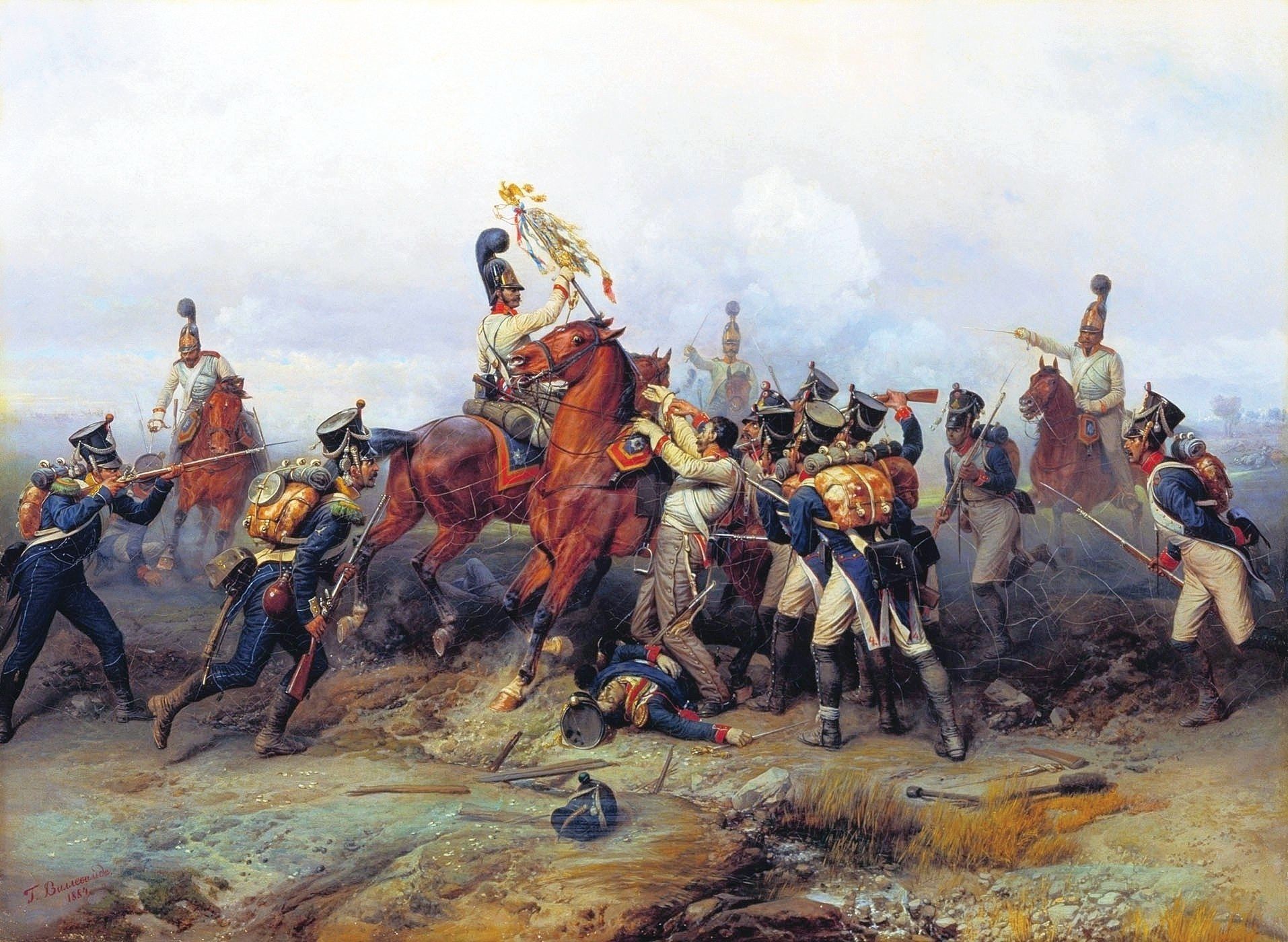
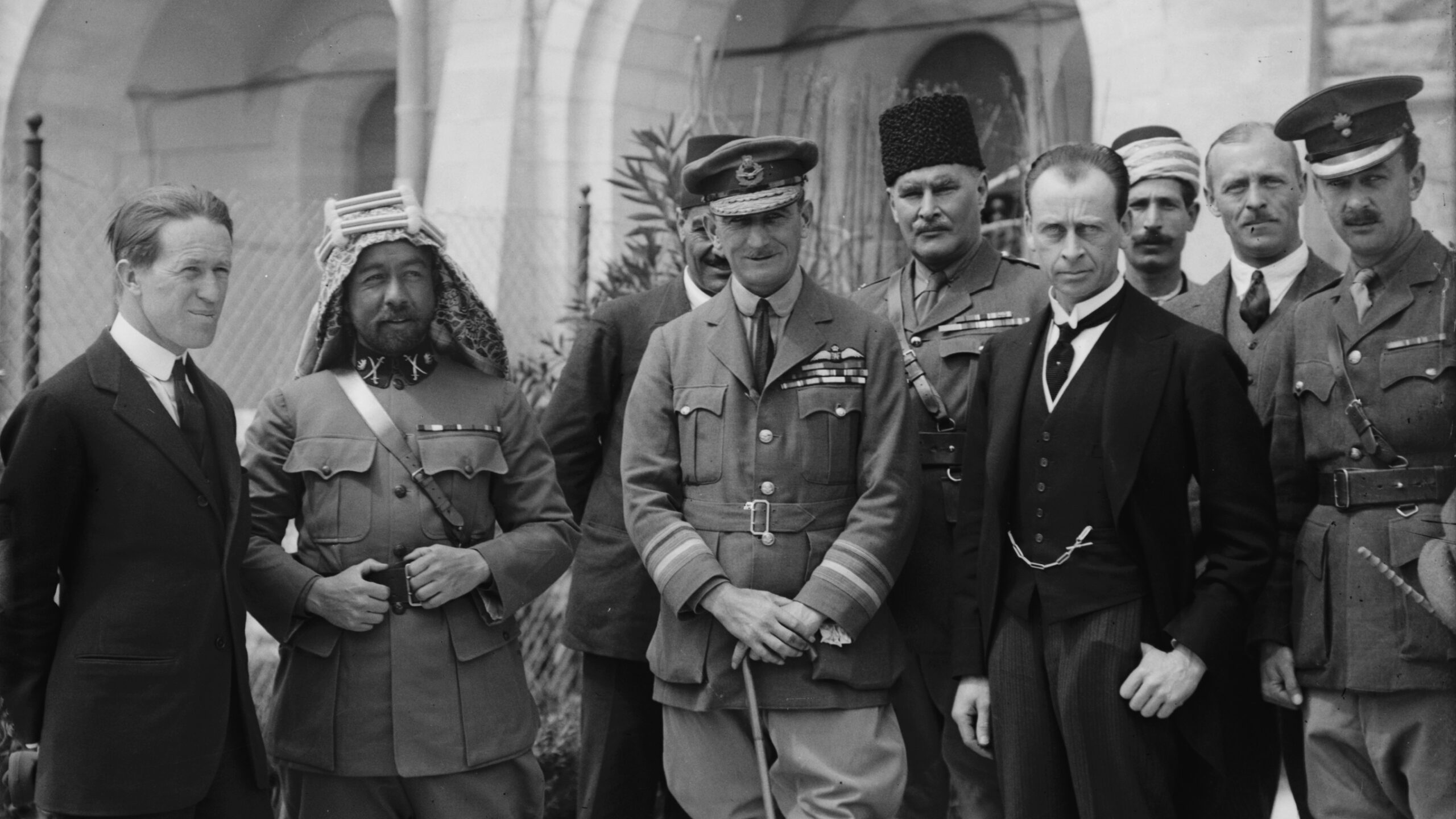
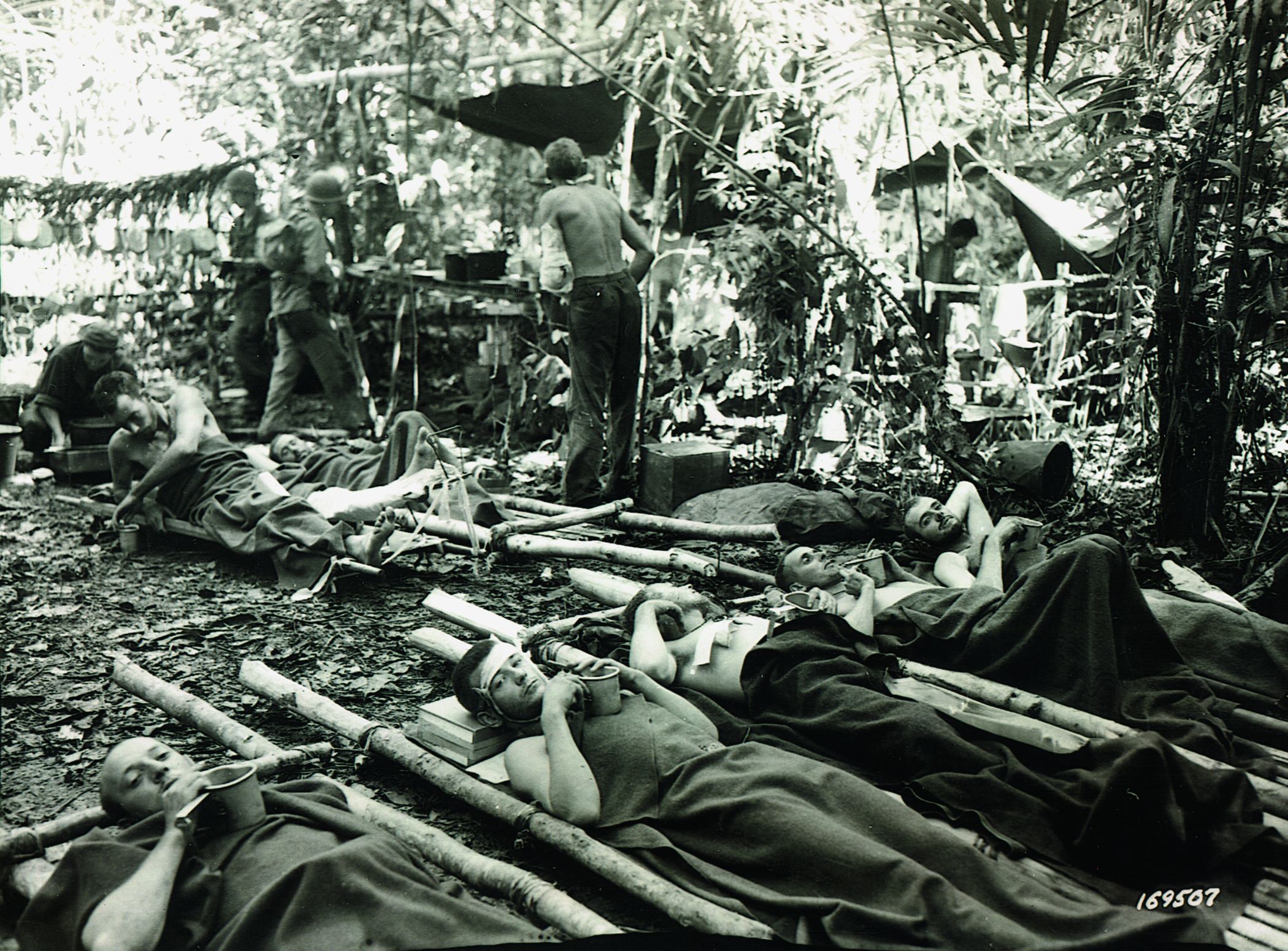
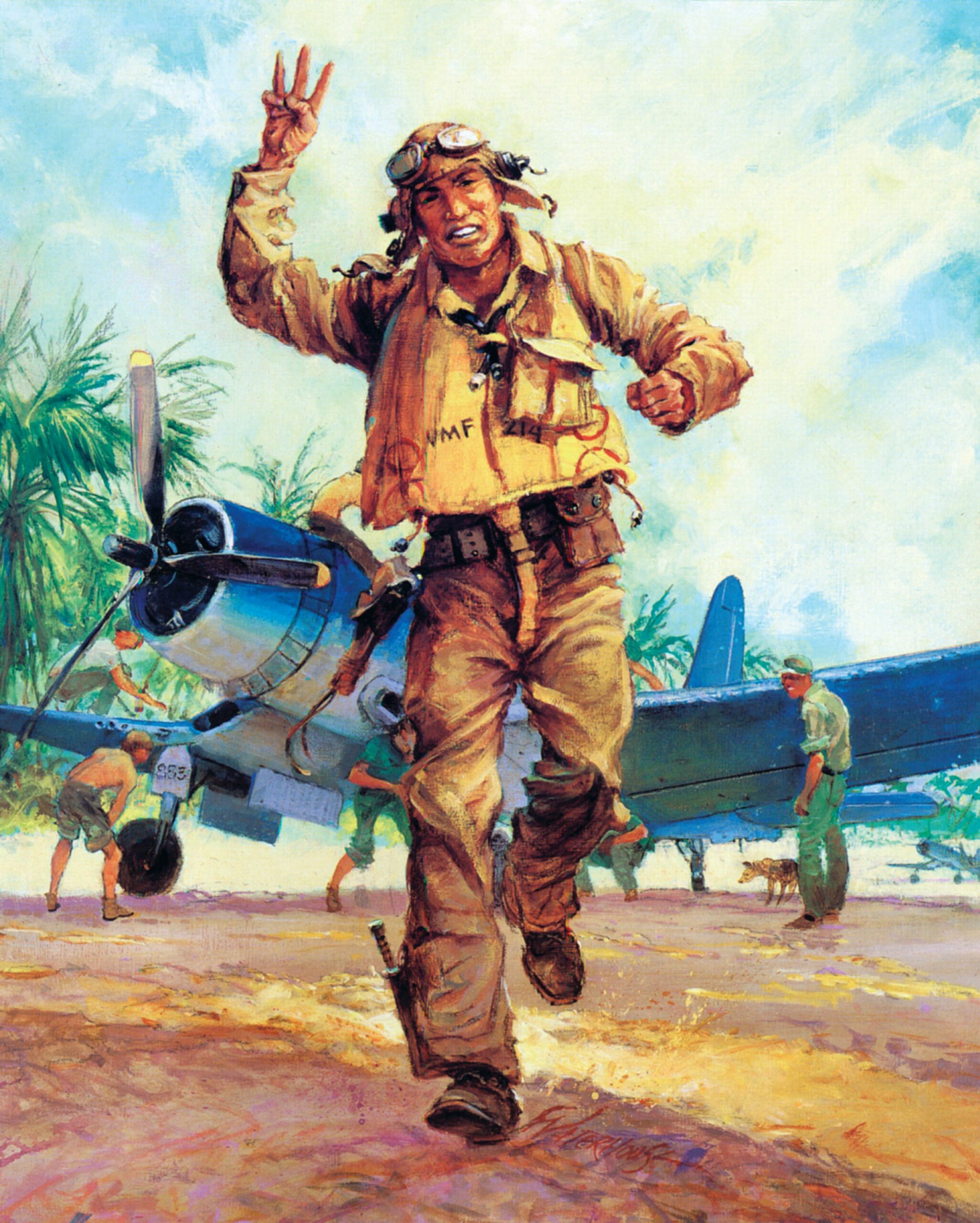
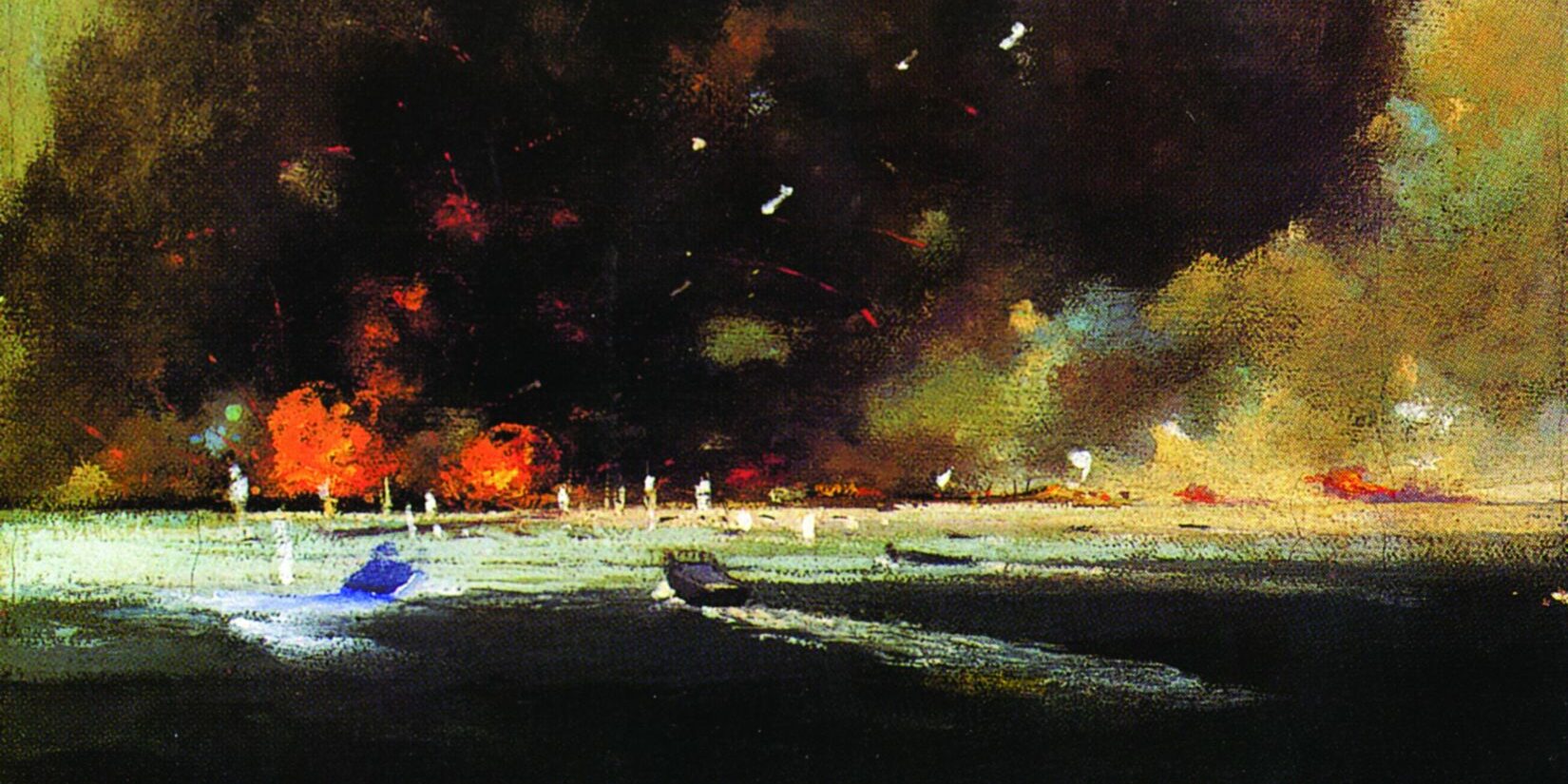
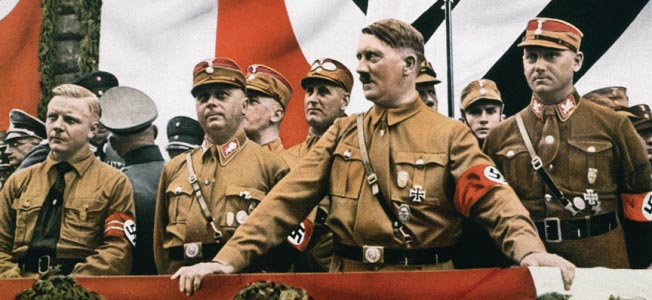
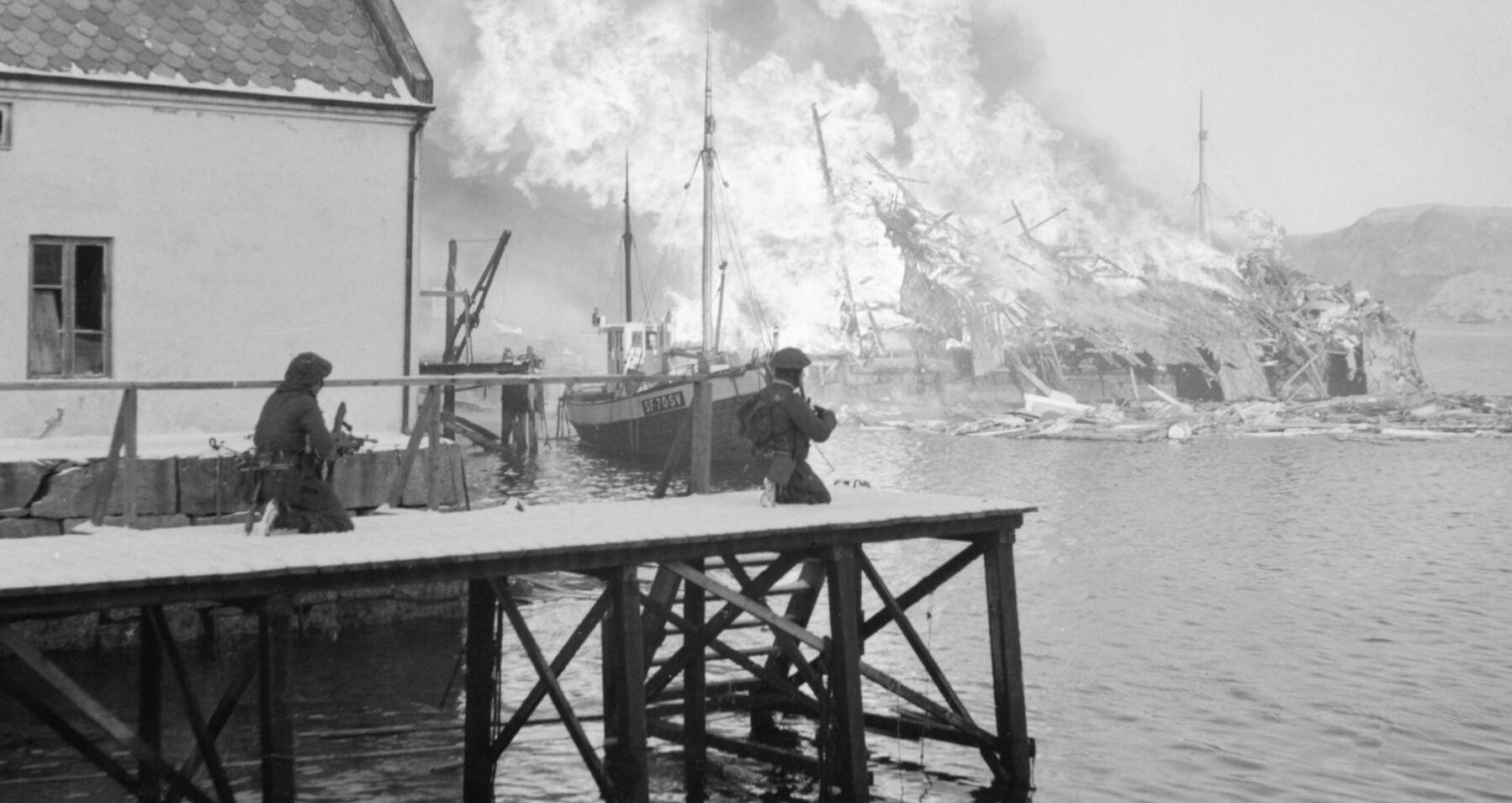
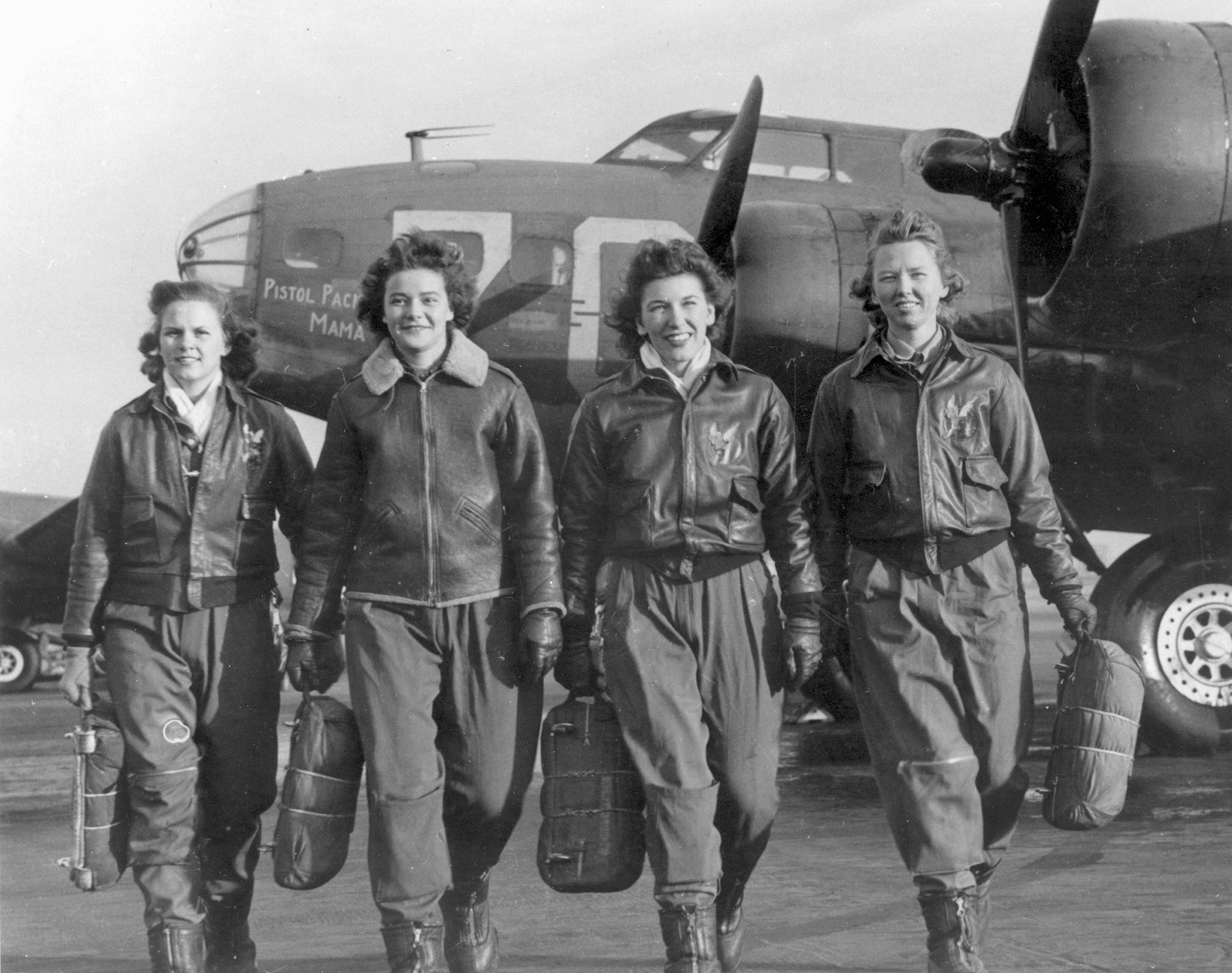

Join The Conversation
Comments
View All Comments